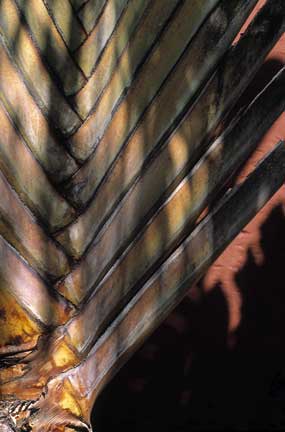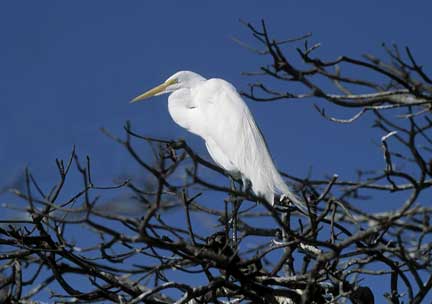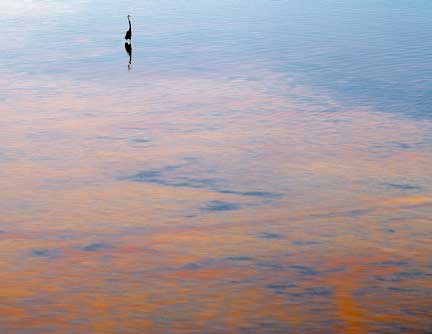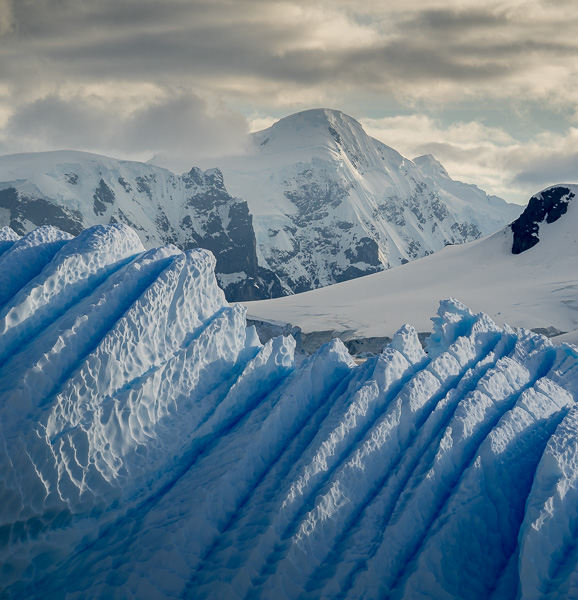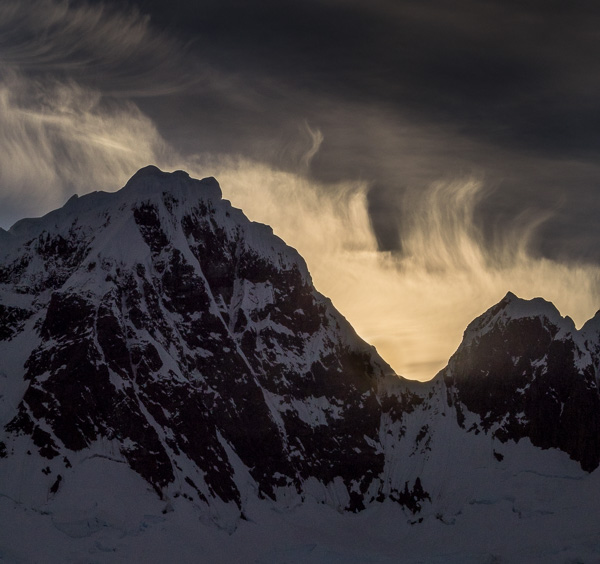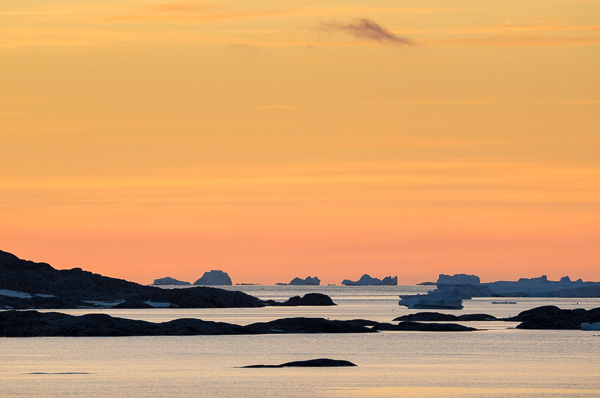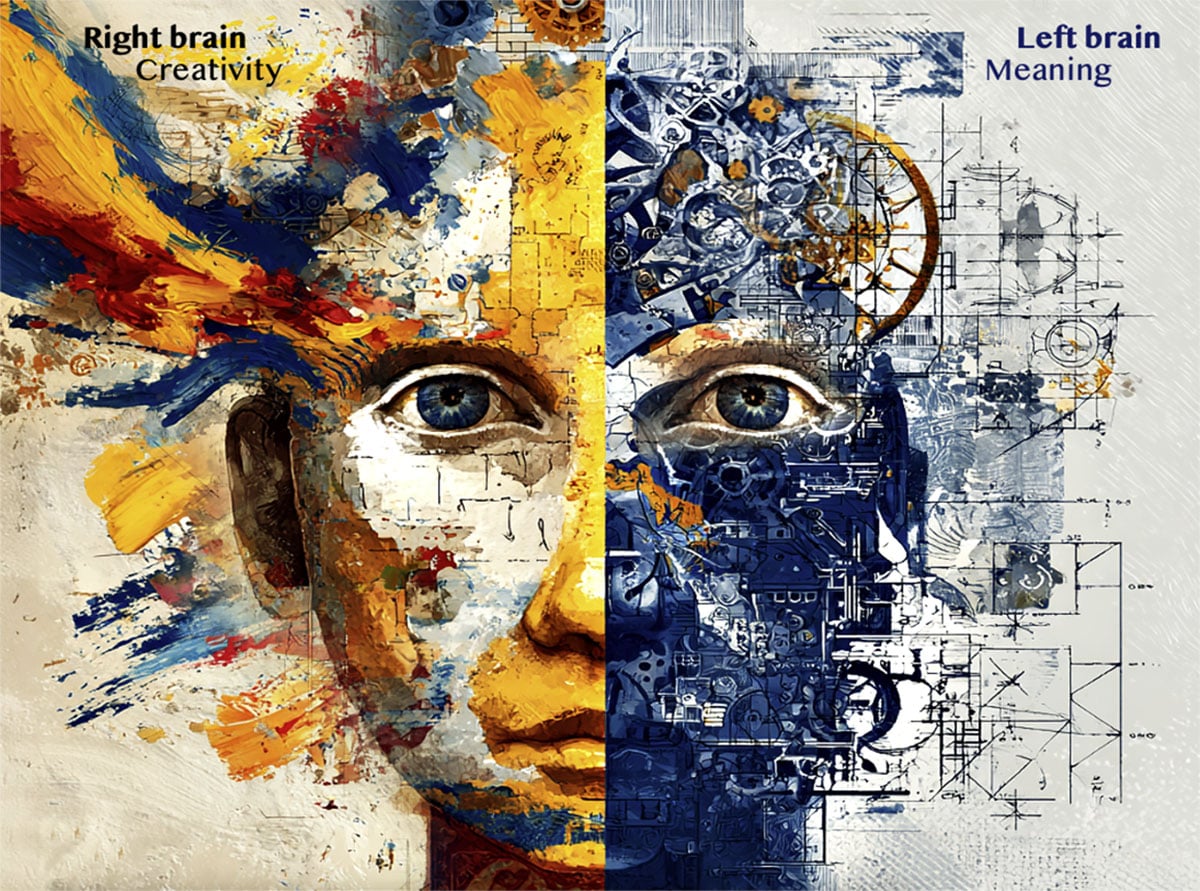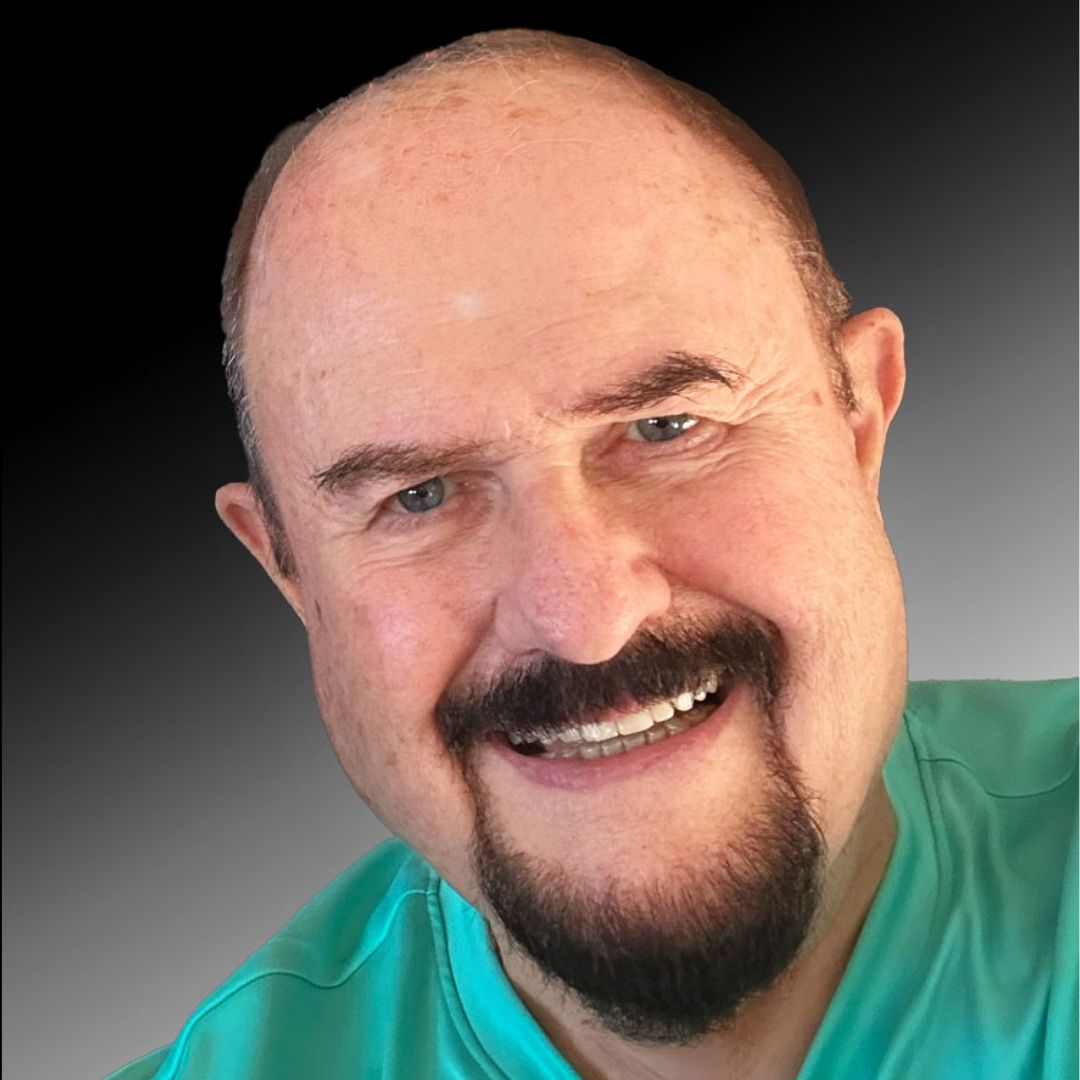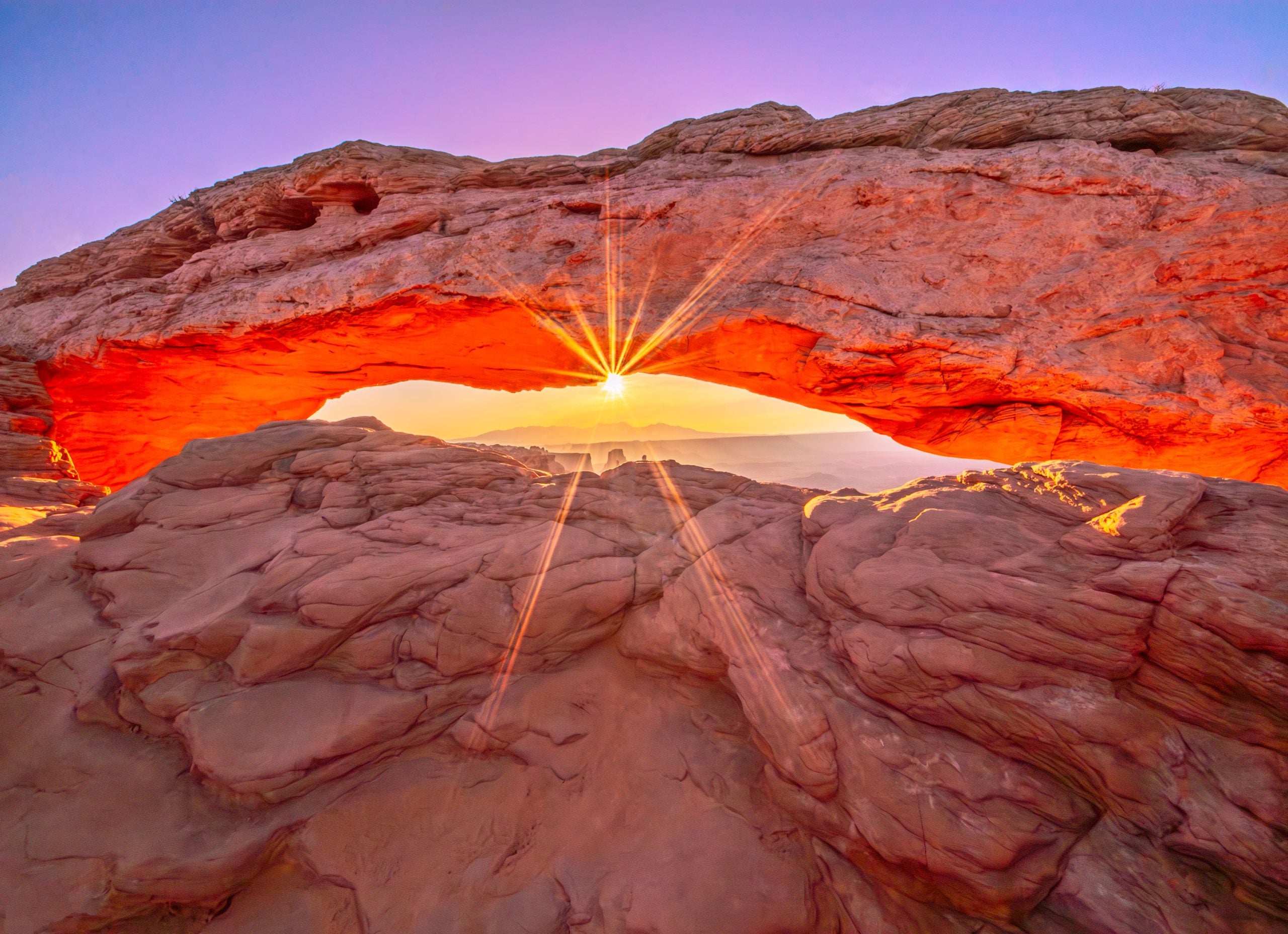
Photographed with a Pentax 645NII and FA 75mm f/2.8 lens on Provia 100F pushed to ISO 400
Incidents of Travel in Yucatan
While on a winter vacation in the Yucatan in January of 2002 I read a fascinating book titledIncidents of Travel in Yucatan, by the explorer and archeologistJohn L. Stephens. First published in 1843, this book details his explorations and discoveries in the Maya region of the Yucatan Peninsula between 1839 and 1842. His descriptions of the Mayan ruins helped stimulate interest in the archeological exploration and preservation of these sites. The book is illustrated by drawings byFrederick Catherwood.
As my wife and I visited some of these ruins, includingUxmalandOxkintoc, and as I was doing very casual photography, I couldn’t help but imagine Stephens at these sites, taking hisDaguerreotype views, as he called them. This was one of the first, if notthefirst expedition on which photographs were taken, though regrettably the book does not reproduce any, and they may all in fact now be lost.
This brief travel commentary will describe a bit about doing photographing at the Maya ruins, and also an excellent spot on the north coast calledCelestún, where some exciting wildlife photography can be done.
NB:A note on pronunciation. The "X" in Mayan names is pronounced "sh"; so Uxmal, for example, is pronounced "Ushmal".
Yucatan‚ The Ugly & The Sublime
There are two Yucatans. The one wedidn’tvisit is exemplified byCancún, a "manufactured" oceanside resort of high-rise hotels, high-end name-brand shops, and nightclubs.Planet Hollywoodon the beach, if you will. The land of the souvenir T-shirt. Not my thing.
The Yucatan that wedidsee was in the interior of the peninsula, near the state capital ofMérida. This is a relatively remote area with small villages, jungle, friendly, peaceful people and some of the most remarkable ruins of an early civilization to be found on the planet.
Photographed with a Pentax 645NII and Pentax (67) 200mm f/4 lens on Provia 100F
Mérida is less than a 2 hour flight from either Mexico City or Miami, both of which provide frequent connections. While it’s an interesting city of some million people, we didn’t linger, instead choosing as our base a small hotel calledHacienda Katanchel, about 40 minutes outside of Mérida.
The 450+ year history of the Spanish in the Yucatan stretches from the Conquistadors to the plantation owners and their Haciendas. The Hacienda we stayed it had been a sisal (henequen) plantation that was abandoned in the 1950’s and then reopened as a small eco-hotel in the mid-90’s. It’s a lovely spot‚ excellent food, with spare but comfortable accommodations, and displaying a great love of the environment by its owners, who also live on the property.
In addition to just kicking back and relaxing we explored several Maya ruins and a nature reserve along the coast. Of course a bit of photography was thrown in.
Uxmal and Uxkintoc
There are literally dozens of Maya archeological sites in the Yucatan, some large and developed, some small and isolated. The two we visited were of both kinds.Uxmalis one of the largest and most famous sites. Surprisingly, though organized with the usual parking lots for tour buses, gift shops and snack bars, these are all at the entranceway. Once inside the site there’s none of this.
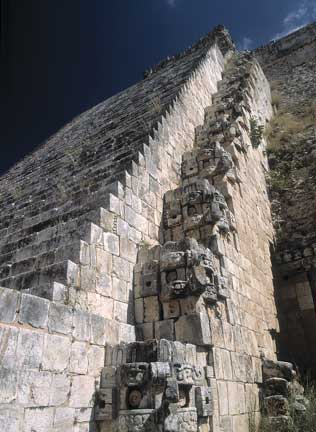 Uxmal, Temple of The Magician‚ Yucatan, 2002
Uxmal, Temple of The Magician‚ Yucatan, 2002
Photographed with a Pentax 645NII and Pentax (67) 45mm f/4 lens on Provia 100F
Oxkintocwas the opposite, being completely undeveloped for tourism. There was a small hut with a ticket-taker who charged admission, but otherwise no facilities whatsoever. Also, no tourists. We had the place to ourselves for the nearly 2 hours that we spent exploring the site.
A few words about photography at Mayan ruins. You are allowed to photograph anything, but tripods are not allowed. One needs a special permit to use them. There was some uncertainty as to whether this needed to be applied for in advance, and what the fee might be, (this is Mexico after all), but unless you’re going to be shooting for publication it’s hardly worth the effort. There is a clearly stated separate fee, payable on the spot, for the use of video cameras.
I was using a 645 medium format camera and had a belt pouch with an extra lens and some film, so I looked a bit more "equipped" than the typical tourist, but no one hassled me.
Of course early or late in the day with warm light and strong shadows is the best time to photograph the ruins. At the smaller sites likeOxkintocthere’ll be no problem getting in early or staying late, but at the larger sites with gates this can be problematic. A bigger problem at the more popular sites, are the people that will inevitably be in your shots.
As for lenses‚ the wider the better. Bring at least a 24mm, and if you have something wider, so much the better. If you have a tilt-shift lens, this is a great place to use it.
Celestún
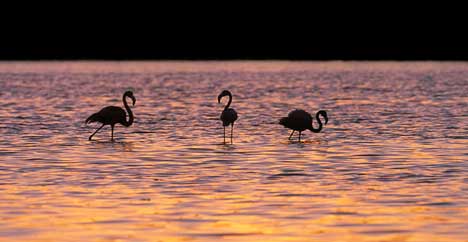 Three Flamingos‚ Yucatan, 2002
Three Flamingos‚ Yucatan, 2002
Photographed with a Pentax 645NII and Pentax (67) 300mm f/4 lens on Provia 100F
On the Gulf of Mexico, about 90 minutes from Mérida, is the quiet fishing village of Celestún, located within a wildlife refuge. Celestún is the polar opposite of Cancún. It is a sleepy little village whose main industry is fishing. There’s a lovely beach fronted by 3 or 4 restaurant / bars. These are frequented by the few day-visitors to the wildlife refuge and the guests at the villages two small 2-star hotels. Celestún is the typicalNord Americano’smental image of what an idyllic Mexican fishing village is all about. (The best restaurant in town isLa Palapa. First-rate fresh seafood and a cold Corona in a frosted mug. What a combo.)
The town is located on a spit of land, and as you cross the bridge from the mainland you’ll be looking down into the estuary. You’ll immediately stop on the bridge (it’s wide enough) and take out your longest lens to start shooting the flamingos. This is the largest flamingo nesting ground in North America, home to some 18,000 of these spectacular birds, as well as countless blue heron, eagles and other species.
The best way to see and photograph the birds, and especially the flamingos, is to rent a tour boat at the far end of the bridge. There are quite a few boats and pilots available. They speak no English, but the tour is fairly straightforward. If you’re traveling with a guide / driver, as we were, then this guide can translate and help you have the pilot position the boat for the best photography.
One thing that you should not do is ask him to bring the boat too close to the flamingos so as to make them take flight. This is against the law and bad for the birds. We got lucky though just as the last light was fading. We’d persuaded our pilot to stay out till after sunset (something they normally don’t do), and we were passing a small flock on our way back to the dock when they decided to take fight. The shot at the top of this page is from a short sequence done as they took off. I hadn’t put my camera away yet and so was lucky to get off a few frames.
Photographed with a Pentax 645NII and Pentax (67) 300mm f/4 lens on Provia 100F‚ Polarizer
The borders of the estuary are a massive mangrove swamp and the branches are the favourite nesting ground of a wide variety of birds. While most Egrets refused to let our boat get close enough for a tight shot with the moderate long lens that I had available, this one decided that he wasn’t going to budge even when our boat came close. A polarizer helped darken the sky and increase the contrast, while the exposure was stopped down 2/3rds of a stop from metered to avoid burning out the brilliant white plumage.
Photographed with a Pentax 645NII and Pentax (67) 200mm f/4 lens on Provia 100F‚ Polarizer
During the winter months the waters of the estuary, (which is only a foot or two deep in most places) turns a rich red because of run-off from the mangroves. The use of a polarizer helped accentuate the colour of the silt by reducing the reflections from the water.Monet, anyone?
You can find additional information about the birds of Celestúnhere.
Equipment
Shortly before the trip I had purchased aPentax 645NIIas a backup and second body for myPentax 67IIsystem. I was eager to put it to a field test before doing any serious shooting with it and this vacation seemed like a good opportunity. I brought along four lenses. These included the FA 75mm f/2.8, and a 45mm f/4, a 200mm f/4 and a 300mm f/4 from the Pentax 67 used on the 645 body with an adaptor.
A couple of polarizers, a small tripod and film were the only other gear that I brought along, and even then the load was likely bulkier and heavier than I should have bothered with on a vacation. I would have been better off with a 35mm body and a 400mm stabilized lens for the bird shots. Next time.
I took mostly Provia 100F, and as well a few rolls of Provia 400F, the later because I knew that I’d be shooting hand-held from a boat and would need the speed. A tripod was not an option in any of the shooting situations I found myself in, either at the ruins or Celestún. As it turned out I quickly burned through the 400 speed film and ended up pushing the Provia 100F to 200, 320 and in the case of a couple of rolls at the end of the day 400. Not something I do often, but I’d rather gain some grain and contrast than lose the shot because of shake and vibration as a result of too slow a shutter spread. Photography is the art of compromise.
Read this story and all the best stories on The Luminous Landscape
The author has made this story available to Luminous Landscape members only. Upgrade to get instant access to this story and other benefits available only to members.
Why choose us?
Luminous-Landscape is a membership site. Our website contains over 5300 articles on almost every topic, camera, lens and printer you can imagine. Our membership model is simple, just $2 a month ($24.00 USD a year). This $24 gains you access to a wealth of information including all our past and future video tutorials on such topics as Lightroom, Capture One, Printing, file management and dozens of interviews and travel videos.
- New Articles every few days
- All original content found nowhere else on the web
- No Pop Up Google Sense ads – Our advertisers are photo related
- Download/stream video to any device
- NEW videos monthly
- Top well-known photographer contributors
- Posts from industry leaders
- Speciality Photography Workshops
- Mobile device scalable
- Exclusive video interviews
- Special vendor offers for members
- Hands On Product reviews
- FREE – User Forum. One of the most read user forums on the internet
- Access to our community Buy and Sell pages; for members only.






